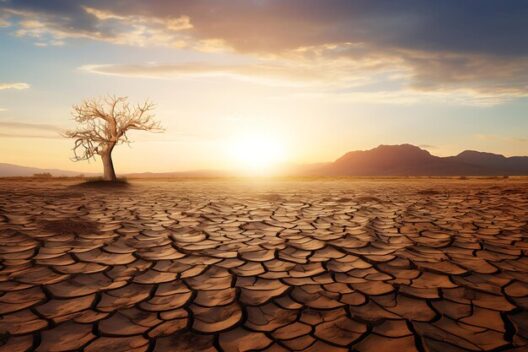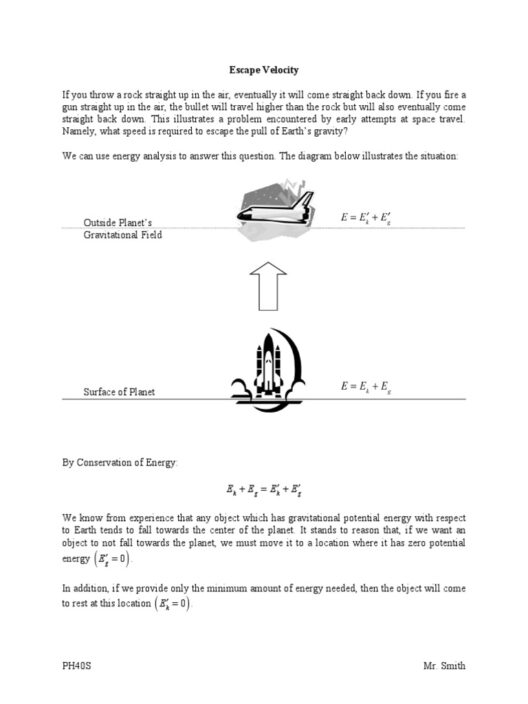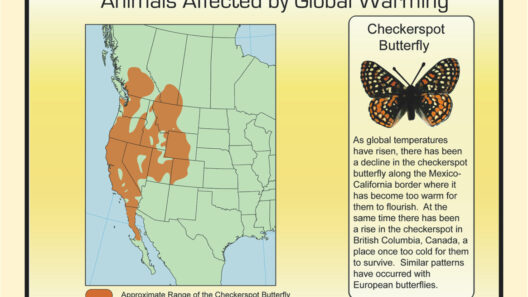In an age where the specter of climate change looms ever larger, an exploration into the science of global warming unearths an intricate narrative. It is akin to peeling the layers of an onion, with each layer revealing a deeper complexity and a broader understanding. This journey from the superficial headlines to the scientific marrow illustrates how our planet is besieged by rising temperatures, melting icebergs, and erratic weather patterns—elements that disrupt the delicate equilibrium of our ecosystems.
At its core, global warming describes the long-term increment in Earth’s average surface temperature, predominantly attributed to the accumulation of greenhouse gases in the atmosphere. This phenomenon can be visually conceptualized as a thickening blanket, woven from the emissions of carbon dioxide (CO2), methane (CH4), and nitrous oxide (N2O). These gases, while necessary for life—they trap heat from the sun—have historically maintained a perfect balance. However, anthropogenic activities, particularly fossil fuel combustion and deforestation, have woven an oversized and increasingly suffocating blanket.
The greenhouse effect—a cornerstone of understanding climate dynamics—can be depicted as a greenhouse itself. As sunlight enters the atmosphere, the Earth absorbs this energy and subsequently emits it back in the form of infrared radiation. In a well-balanced system, this energy would seamlessly escape back into space. Yet, due to the augmented concentration of greenhouse gases, a significant portion of this heat becomes ensnared, creating a feedback loop that continues to elevate global temperatures.
In examining the underlying trends, it is imperative to contextualize the data. The Earth’s mean surface temperature has increased by approximately 1.2 degrees Celsius since the late 19th century. This may appear marginal, yet it possesses cataclysmic implications. Imagine a pot of water slowly heating on a stove; as it approaches boiling point, seemingly trivial changes can provoke a rapid eruption of bubbles. Similarly, slight temperature increases can yield dramatic shifts in climate patterns, leading to more frequent and severe weather events.
Consider the implications for polar regions, where the visual imagery of glacial giants crashing into murky seas evokes both beauty and despair. The Arctic sea ice is essential not merely for the aesthetic value it contributes to our planet but serves a critical role in reflecting sunlight back into the cosmos. This process, called albedo, moderates global temperatures. As ice retreats, darker ocean water surfaces, absorbing greater amounts of solar energy and exacerbating melting in a vicious cycle.
Moreover, the consequences of melting ice extend beyond the geographical confines of the polar regions. Rising sea levels threaten coastal megacities, home to millions. The metaphor of a “water’s edge” takes on a foreboding essence when we consider that key landmarks of human civilization may soon slip beneath the waves. Low-lying areas, such as Bangladesh or parts of Florida, become allegories for the looming consequences of inaction.
Simultaneously, droughts and wildfires emerge from the inflammatory embrace of rising temperatures. Regions that once enjoyed temperate climates now grapple with aridity. A poignant example can be found in western U.S. states, where an era of once reliably snowy winters has shifted to insufficient, sporadic precipitation. The metaphor of the drought-stricken land transforms into a tangible reality, as crops wither and livelihoods falter under unyielding heat.
Furthermore, the “unseen” effects of global warming infiltrate ecosystems and species diversity. A delicate web of life—wherein flora and fauna share an intricate symbiotic relationship—faces disruption. The temperature-sensitive balance is akin to a finely tuned orchestra; if one instrument is played out of harmony, the symphonic beauty dissolves into cacophony. Coral reefs, dubbed “the rainforests of the sea,” stand at the precipice of an abyss as ocean temperatures rise, causing widespread bleaching. The stark white reminders of coral stress illustrate the fragility of our marine systems.
A burgeoning concern about global warming revolves around public health. A warming planet does not simply produce environmental changes; it births new challenges for human well-being. Heatwaves, exacerbated by climate change, can lead to heatstroke, dehydration, and increased mortality rates, particularly among vulnerable populations. Air quality diminishes as wildfires release harmful particulates, precipitating respiratory illnesses. Thus, the interconnectedness of climate and health emerges as a critical conversation, with implications reverberating through generations.
As we navigate the labyrinthine complexities of global warming, it becomes imperative to confront the narrative with action. Mitigation strategies—ranging from renewable energy adoption to carbon capture technologies—present a path forward. The transition from fossil fuels to sustainable alternatives can be likened to a metamorphosis; as caterpillars evolve into butterflies, our energy systems too can transform. By reducing reliance on carbon-heavy resources, we can begin to unzip the suffocating blanket that envelops our planet.
Furthermore, a collective consciousness towards individual and societal responsibilities fosters resilience against environmental degradation. Each small action—whether opting for public transportation, supporting local agriculture, or engaging in grassroots activism—can coalesce into a powerful current that drives systemic change. Public policy must also reflect this urgency; climate legislation constitutes a necessary scaffold to elevate climate considerations to the forefront of governance.
In conclusion, global warming transcends the fleeting headlines of news cycles; it encompasses a profound narrative interwoven with scientific and human elements. The intricate tapestry of cause and effect unveils a critical urgency tempered by hope—hope that through understanding and concerted action, humanity can rewrite the narrative and protect the planet for future generations. Our understanding must evolve as we embrace the complexities of our climate and take the requisite steps toward a sustainable future, acknowledging that the very fabric of life on Earth hangs in the balance.







